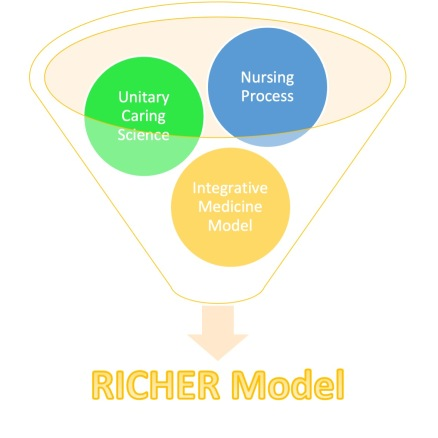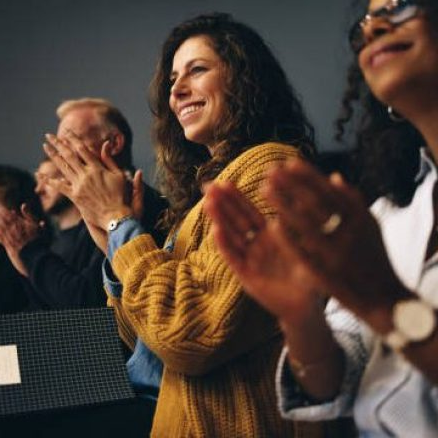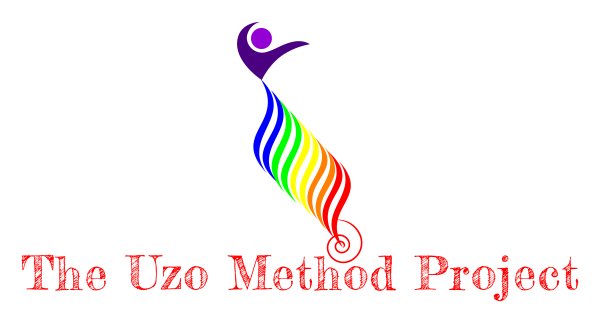The RICHER Model
The RICHER Model is Dr. Uzo Nwankpa’s groundbreaking innovation in wholistic wellness—a framework that transforms healing into a communal, creative act. This evidence based practices is rooted in ancestral wisdom, integrative medicine, nursing practice and public health. It reclaims the body as a site of resilience, connection, and cultural remembrance.

The RICHER Model
The RICHER Model is Dr. Uzo Nwankpa’s groundbreaking innovation in wholistic wellness—a framework that transforms healing into a communal, creative act. This evidence based practices is rooted in ancestral wisdom, integrative medicine, nursing practice and public health. It reclaims the body as a site of resilience, connection, and cultural remembrance.
The RICHER Model
• R: Reflect(pre) – Initiate with deep introspection to ground the mind, body, and spirit.
• I: Integrate -Mind, body and spirit
• CH: Choreograph – Channel creativity
• E: Evaluate – Assess the safety, effectiveness, and impact of the practice in real time.
• R: Reflect(post) – Conclude with reflection and integration, honoring the journey and embedding insights.
The RICHER Model is more than a method—it’s a movement. It inspires communities to break cycles of disconnection and cultural loss through collective expressivity. As public interest grows, so do opportunities for collaboration, expanding the model’s reach and transformative potential.
Self Reflection
Developing awareness of personal experiences, emotions, and healing needs.
Integration
Weaving traditional and modern healing approaches into daily life.
Choreography
Designing intentional movements and practices that foster holistic wellness.
Evaluation Objective
Assessing the effectiveness of healing practices for continuous growth.
Self Reflection
Returning to introspection and self-awareness as an ongoing practice.


Who We Work With:
![]() •Social Activists: Empowering communities with tools to reclaim wellness through creative expression.
•Social Activists: Empowering communities with tools to reclaim wellness through creative expression.
Why Collaborate?
The data speaks for itself—communities practicing the RICHER Model report feeling more connected, more focused, and less isolated. They experience reduced stress and a deeper sense of awareness. By partnering with us, you help expand this impact.
Community and Public Health Advocacy
Health is wealth, and The Uzo Method Project is committed to advancing public health through culturally inclusive, community-driven approaches. Our mission is to bridge the gap between Indigenous and contemporary wellness practices, fostering resilience and collective healing.
Get Involved
We welcome collaborations, partnerships, and community engagement. Whether you are an organization, researcher, or individual interested in holistic healing, we’d love to connect.
Ways to Get Involved:
Donate – Support community healing initiatives.
Collaborate – Partner with us on research and projects.
Newsletter Signup – Stay updated on events and insights.
